Mange in cats is one of the most common and notorious skin diseases of feline. The disease is caused by a mite species Notoedric cati, an Acarina or Sarcoptidae mites. The disease affects mainly cats and can affect rodents, dogs, foxes, and lagomorphs. The disease also has zoonotic importance can transmit to humans from cats. The ectoparasitic disease is also called acariasis.
Importance of Mange in Cats
Mange in cats is the widespread skin disease of feline species. The disease can affect the owner of the cats. The mites can spread very rapidly and cause lesions on the face, neck, ears, over the eyes, limbs, and body parts. The organism can survive 48 to 72 hours outside the host and affect new hosts. You must be very cautious about the prevention and control of the disease.
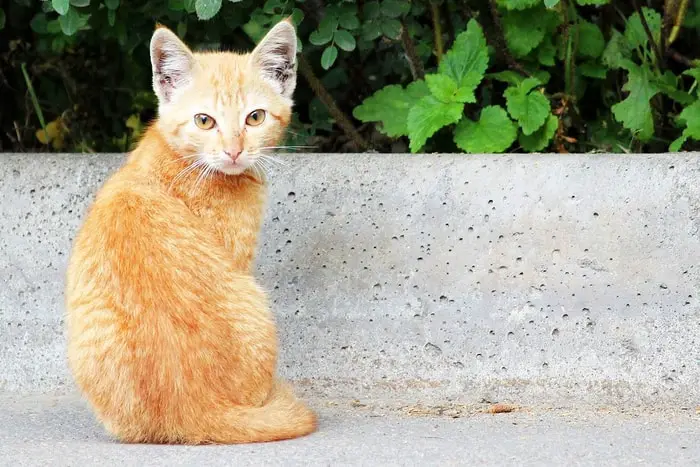
Causes Mite Infestation in cats
Mange is caused by a Notoedric mange Notoedric cati. The organism is under the family Sarcoptidae that has the burrowing mites. The N cati mites burrow through the cat’s skin and subcutaneous, producing intense itching. The itching is produced by the damage to the cat’s skin and allergen produced by the organisms.
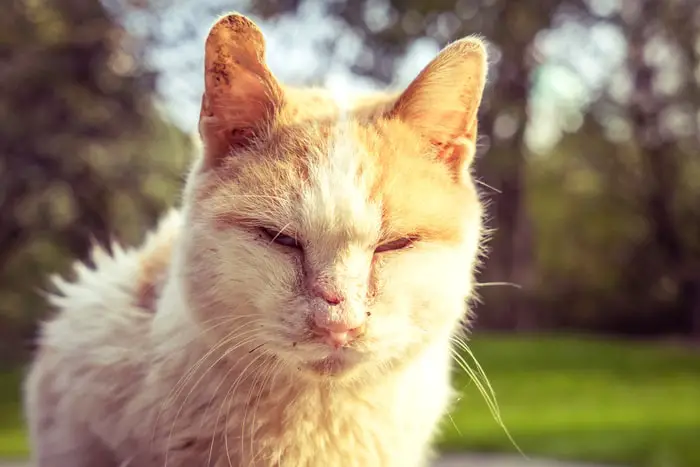
Clinical Signs of Mange in Cats
The cat receives infection from direct contact with affected animals and dropping from affected cats. The disease’s incubation period is from 10 days to 8 weeks post-infection. The clinical signs of acariasis in cats are manifested by:
- Severe itching.
- Loss of hair or alopecia.
- Redness of the skin.
- Oozing from the infection
- Excessive production of scales that are dry and crusted.
- The skin will be thickened, initially grey, and later turned yellowish due to the deposition of neutrophils.
- The infection rapidly spread from face to eyes, ears, neck, limbs, and subsequently to the whole body.
- Severe dermatitis.
- Secondary bacterial infection.
- The animal may die due to severe allergy and systemic infection.
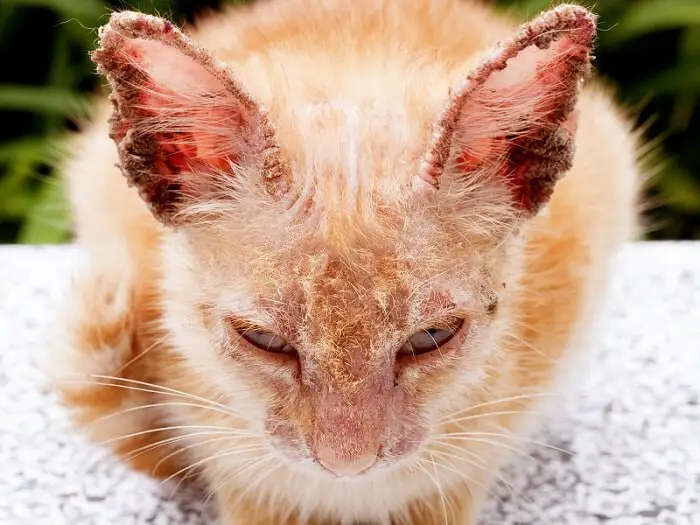
Diagnosis Acariasis in cats
The disease can be diagnosed in the following ways:
- History of exposure to affected cats.
- Specific clinical signs and symptoms.
- Examination of skin scrapings under a microscope.
- Characteristics systemic signs.
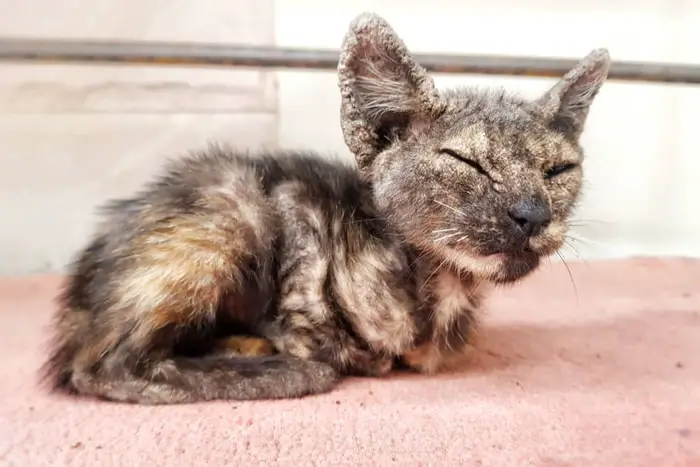
Differential Diagnosis of N Cati Infection
The disease must be differentiated from the following conditions:
- Octoacariasis or ear mites or Otodectic Mange
- Autoimmune diseases.
- Atopic dermatitis.
- Food hypersensitivity.
- Pemphigus.
- Walking dandruff in cats caused by Cheyletiellosis.
- Systemic Lumps Erythematous in cats.

Treatment of Mange in Cats
The treatment strategies of mange infestation in cats are:
- The common drugs used for treating mange are ivermectin, selamectin, moxidectin, and lime sulfur dips.
- Lime sulfur is one of the most common ectoparasitic drugs used against the mange in cats. The cat should not be groomed after treating with lime sulfur.
- Cats should not be allowed to lick their body that may induce toxicity.
- Broad-spectrum antibiotics like Ceftriaxone can be given.
- Antihistaminic injection to reduce the itching.
- Antifungal shampoo can be used for bathing the cat at least once a week.
- Vitamin A can be given to improve skin and hair growth.
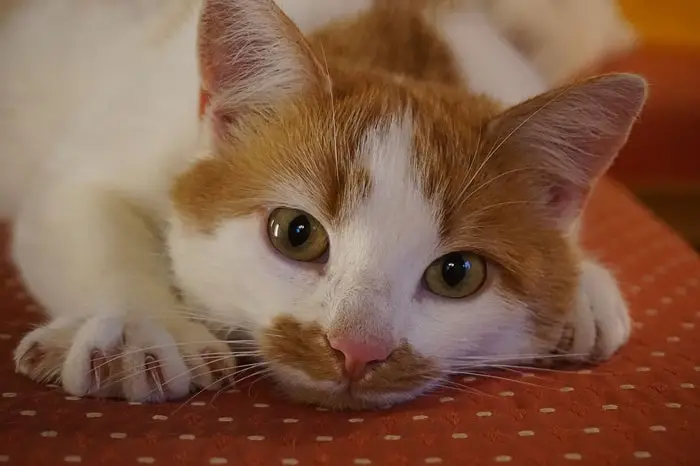
Prevention and Control of Feline Mange
The disease is highly contagious to cats, and the organism can survive outside the host for 2-3 days. The preventive precautions that you can follow are:
- Isolate the affected animals from infected cats.
- The cat should keep away from street cats.
- Keep other pets like dogs away from affected cats.

Final Advice on Mange in Cats
Cat mange is one of the most common ectoparasites. The disease has zoonotic importance and affects the owner of the cats. The disease is caused by a species of Sarcoptic mange and can invite secondary bacterial infections. The disease can be treated with lime sulfur and prevented by taking adequate preventive measures. I think this article will help you a lot to prevent and control this notorious disease in your lovely cats.